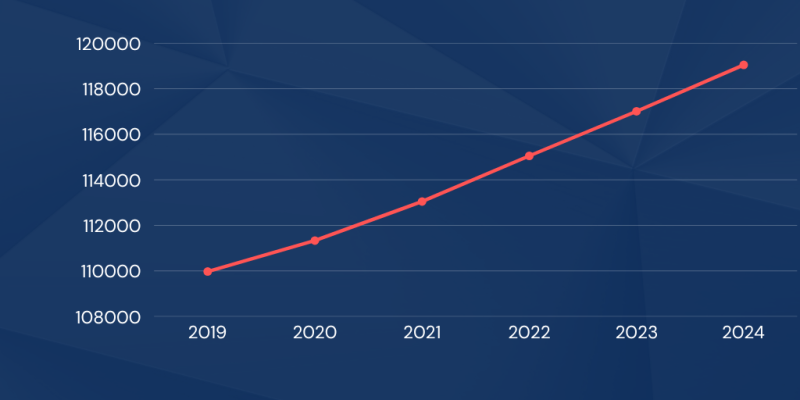The population of Dorset residents aged 65 and over is 119,046, that’s a staggering 29% of the population.
Compared to that of people aged 18 and under, which is 67,149 and only 17.2% of the total population according to Dorset council and LG Inform. That’s one of the highest elderly populations in the country.
This could be due to the decrease in birth rates and rise in the elderly moving to Dorset to retire. But what effects does this have?
Where your council tax really goes.
People who pay council tax may not know that most of their tax goes towards adult social care, which includes care for the elderly. That could be home care, care homes and even personal care.
According to the council’s net budget of £417.2 million for 2025 to 2026, £342 million (84%) of that is council tax and £159.6m of the total budget is spent on adult social care.
That is the most spent service on the budget.
This is because of increased demand that Dorset are struggling to keep at pace with. Which could be due to recruitment challenges, as it’s a low-paying job relative to high house prices and limited opportunities for career progression.
Dorset council are expecting 24,000 more over 65s in the population by 2029 and, by 2035, the residents over 85 population are going to increase by 40% with the working age population expected to decline over the coming 25 years. Putting pressure on the provision of social care.
Dorset’s ageing population is changing the local priorities as demand rises but the workforce is declining. Social care could be their biggest struggle for decades.


 Tackling stress, a strict sporting routine and social inclusion
Tackling stress, a strict sporting routine and social inclusion 